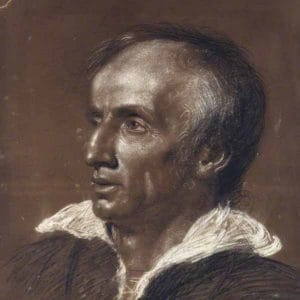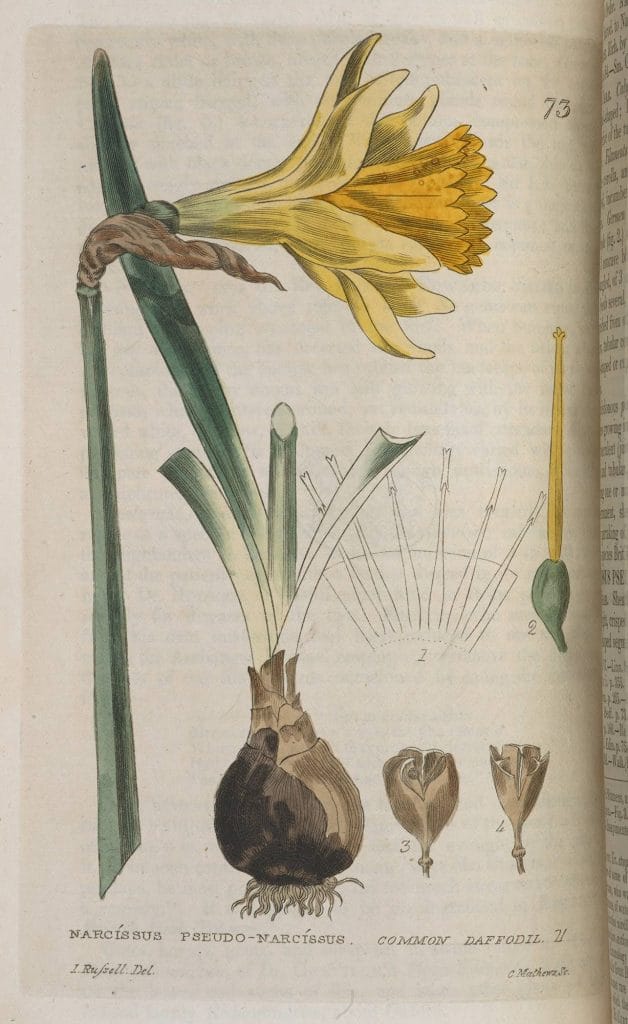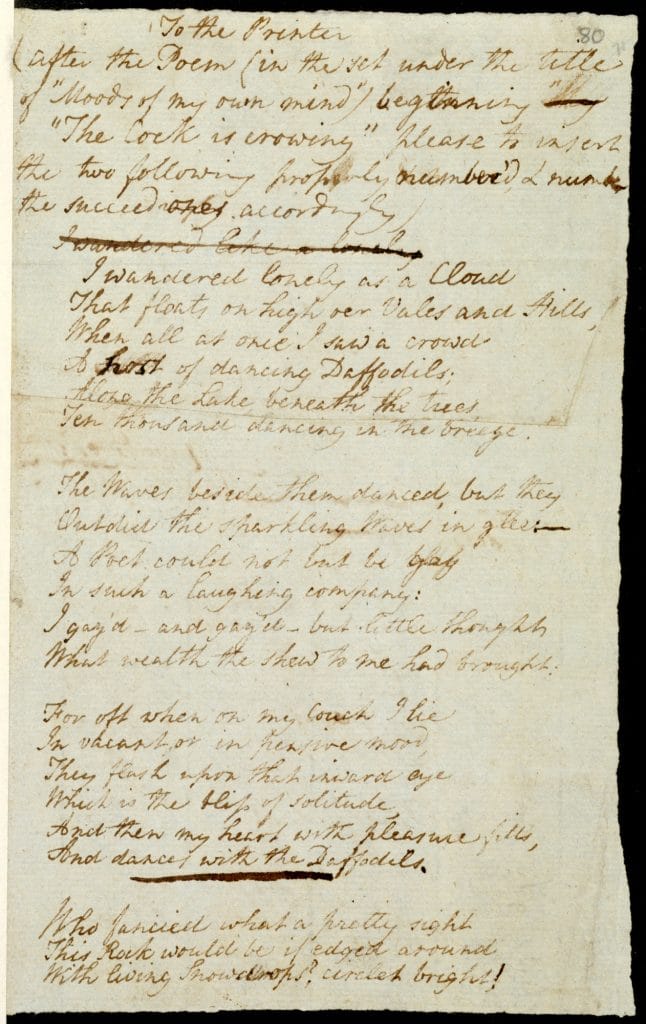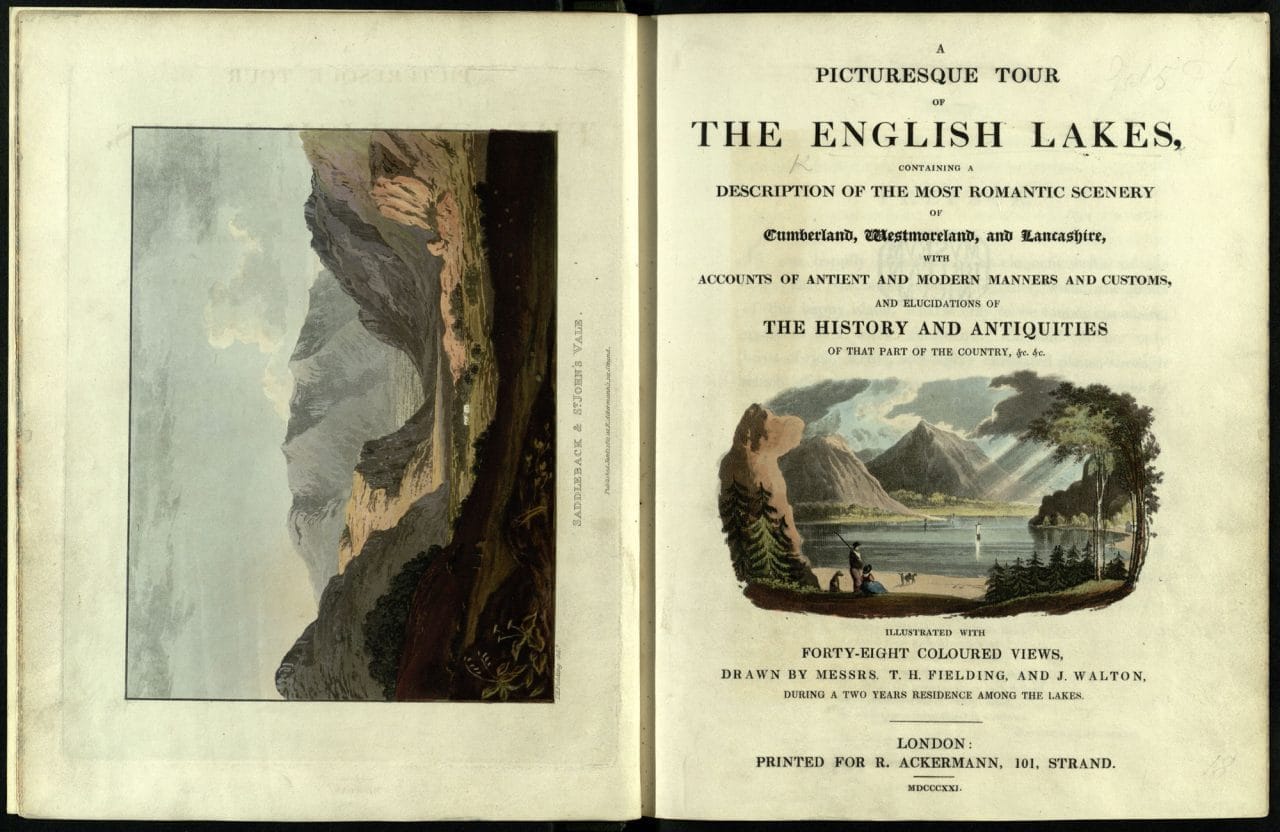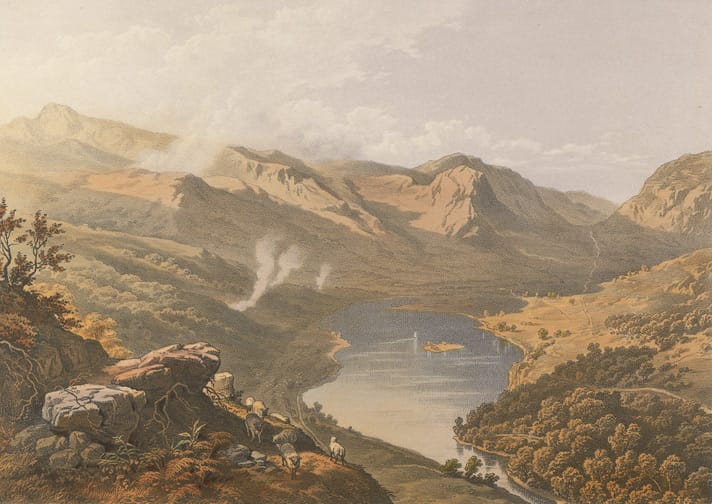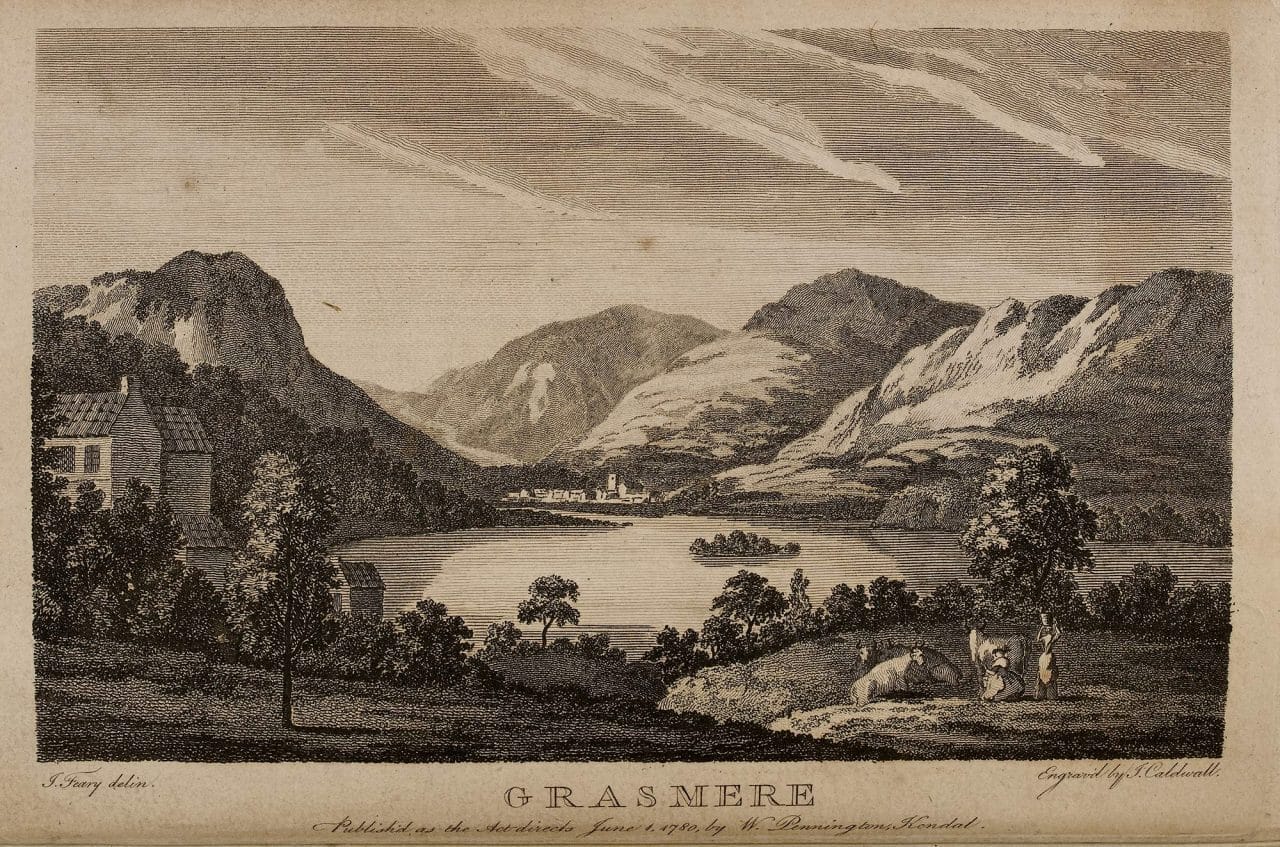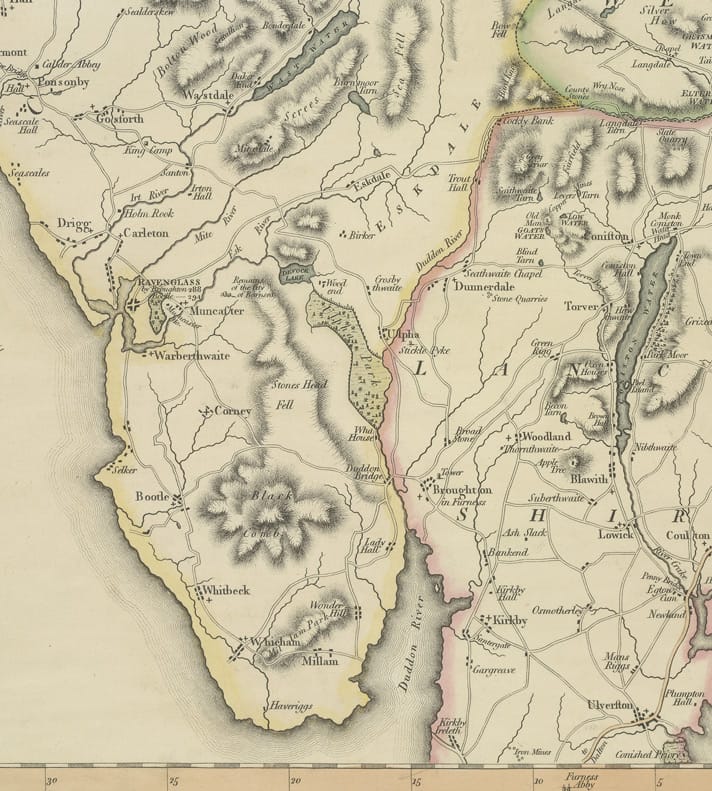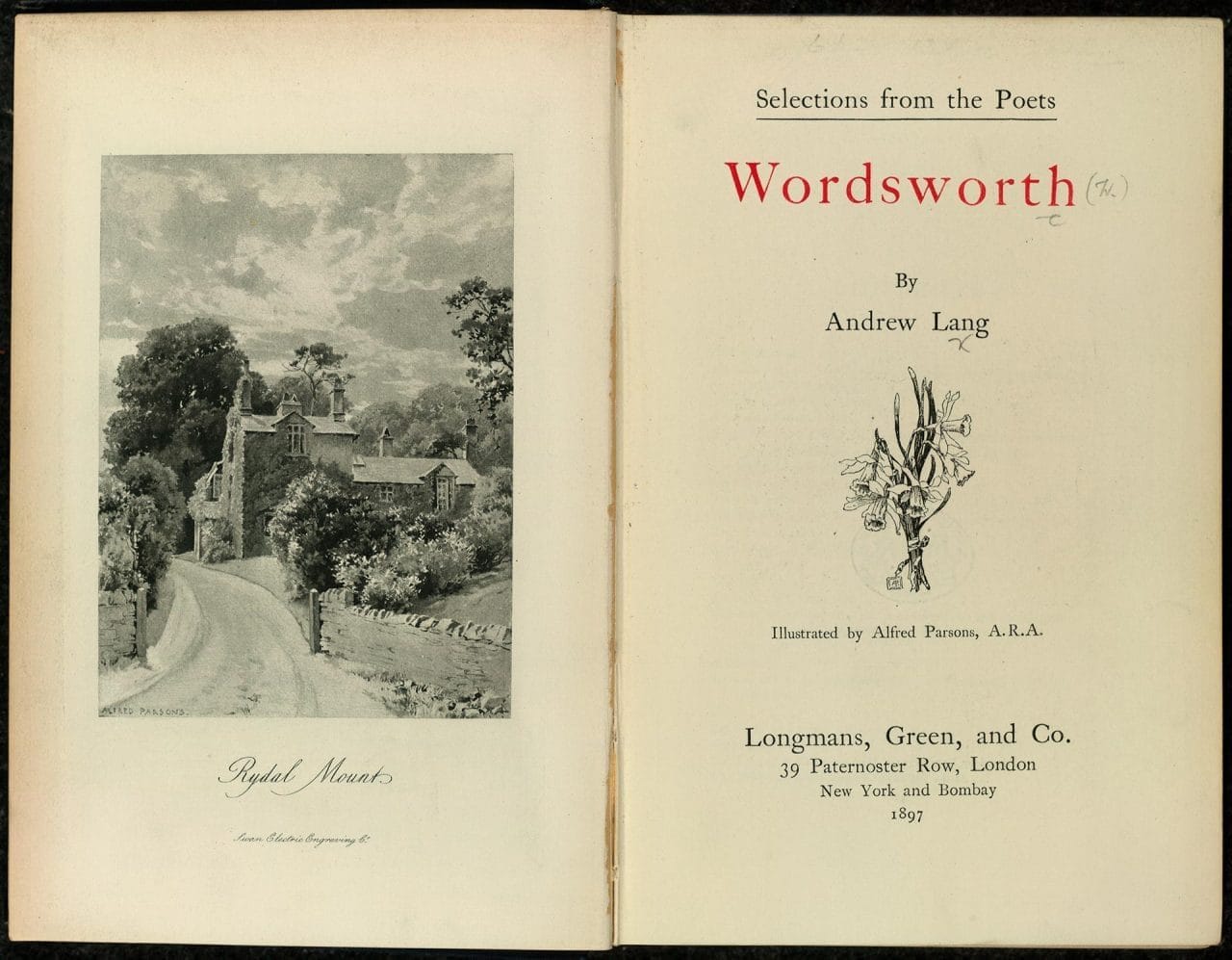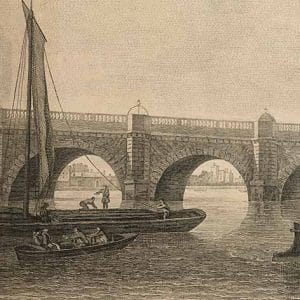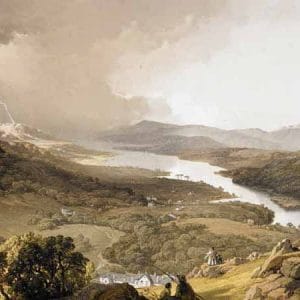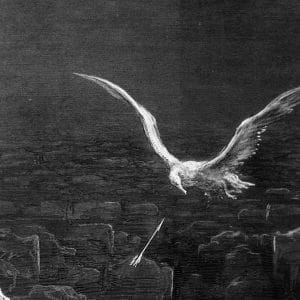
William Wordsworth’s ‘I wandered lonely as a cloud’
出版日期: 1807 文学时期: Romantic 类型: Romantic poetry
Often referred to as ‘Daffodils’, this is one of England’s most famous and most quintessentially ‘Romantic’ poems. This poem was inspired by an event on 15 April 1802, when Wordsworth and his sister Dorothy came across a ‘long belt’ of daffodils in the Lake District, where they lived at the time. Written in 1804, it was first published in 1807 in Poems in Two Volumes, and a slightly revised version was published in 1815. Although its lines are profoundly engaged with the realities of life on the ground (the flowers, the water, the wind) they are written as if from above. Wordsworth is determined to establish a visionary dimension to the poem, stretching the limits of the physical world, exploring the sympathetic relationship between diverse elements (earth, water and air), and rising to a climax in which the limits of both time and the human mind are challenged.
‘I wandered lonely as a cloud’ is believed to have been composed between 1804 and 1807, yet the moment that inspired it took place at least two years before, on 15 April 1802, when William Wordsworth took a walk around Glencoyne Bay, Ullswater, in the Lake District. Despite the famous opening line, ‘I wandered lonely as a cloud’, Wordsworth was not alone at all; he was accompanied on this walk by his sister, Dorothy. Her account of the work in her journal was the starting point for Wordsworth’s own composition:
When we were in the woods beyond Gowbarrow park we saw a few daffodils close to the water side, we fancied that the lake had floated the seed ashore & that the little colony had so sprung up – But as we went along there were more & yet more & at last under the boughs of the trees, we saw that there was a long belt of them along the shore, about the breadth of a country turnpike road. I never saw daffodils so beautiful they grew among the mossy stones about and about them, some rested their heads upon these stones as on a pillow for weariness & the rest tossed and reeled and danced & seemed as if they verily laughed with the wind that blew upon them over the Lake, they looked so gay ever dancing ever changing. This wind blew directly over the lake to them. There was here & there a little knot & a few stragglers a few yards higher up but they were so few as not to disturb the simplicity & unity & life of that one busy highway – We rested again & again. The Bays were stormy & we heard the waves at different distances & in the middle of the water like the Sea.
‘I Wandered Lonely as a Cloud’ read by Jasper Britton. Courtesy of Naxos Audiobooks.
Transcript
To the Printer
(after the Poem (in the set under the title
of “Moods of my own mind”) beginning They
“The Cock is crowing” please to insert
the two following properly number’d, & number
the succeeding ones accordingly)
I wandered like a lonely
I wandered lonely as a Cloud
That floats on high oer Vales and Hills,
When all at once I saw a crowd
A host of dancing Daffodils;
Along the Lake beneath the trees,
Ten thousand dancing in the breeze.
The Waves beside them danced,
but they Outdid the sparkling Waves in glee:—
A Poet could not but be gay
In such a laughing company:
I gaz’d – and gaz’d – but little thoughts
What wealth the shew to me had brought:
For oft when on my Couch I lie
In vacant, or in pensive mood,
They flash upon that inward eye
Which is the blifs of solitude,
And then my heart with pleasure fills,
And dances with the Daffodils.
Who fancied what a pretty sight
This Rock would be if edged around
With living Snowdrops? circled bright!
Manuscript of ‘I wandered lonely as a cloud’
The manuscript consists of three six-line stanzas using an ABABCC rhyme scheme, and with the exception of one correction (the word ‘host’ in line four appears to have been added) it is a fair copy (i.e. uncorrected) version of the poem. The poems were submitted in batches, and at the top of the page Wordsworth wrote a note to the printer about the placement of this particular poem. He asked for the poem to be included in the section ‘Moods of my own mind’ after the poem, ‘The Cock is crowing’.
Interestingly when the poem was published again in 1815 as part of Poems of the Imagination Wordsworth made a number of changes. The most striking of these was to add another verse, which was inserted between the first and second stanzas of the 1807 poem. In both versions of the poem Wordsworth reflects on the beauty of the daffodils that grew along the edge of a lake, which may have been Ullswater located between Penrith and Grasmere in the Lake District, an area known to the poet.
‘I wandered lonely as a cloud’ was included in a manuscript of handwritten poems sent to his publishers, Longman, Hurst, Rees and Orme in batches between 1806 and 1807. Other poems in the manuscript volume had been copied by Wordsworth himself and also by his wife, Mary, and his sister-in-law, Sara Hutchinson. This explains why there are examples of different handwriting within the volume. Research into the paper used in the volume showed that many of the pages were originally cut from a single large sheet of paper.
Wordsworth and the Lakes
Wordsworth was born in Cockermouth, Cumberland, on 7 April 1770. Much of his poetry was inspired by the dramatic landscapes of the Lake District, and his work did much to alter public perceptions of that part of England.
His sister and lifelong companion, Dorothy, was born in 1771. They were looked after by relatives after the early death of their parents. Between 1787 and 1790, William studied at Cambridge, spending holidays walking in the Lakes and trekking across France to the Alps.。
In 1795, William and Dorothy set up home together in the West Country. There they met Samuel Taylor Coleridge, with whom Wordsworth published Lyrical Ballads (1798), which included ‘Lines Written a Few Miles above Tintern Abbey’. They did not stay away from the Lakes for long, however. Wordsworth and Dorothy returned to their beloved Lake District in 1799, settling at Dove Cottage in Grasmere. Life at Grasmere inspired some of his greatest poetry, including ‘I wandered Lonely as a Cloud’ and ‘Ode: Intimations of Mortality’ – as well as the prose work A Description of the Scenery of the Lakes in the North of England (1822).
In 1813, Wordsworth moved to Rydal Mount, Ambleside. He continued to write poetry, including The Excursion (1814) and The River Duddon (1820), but the conservatism of his later work annoyed radical friends. Wordsworth died on 23 April 1850 and was buried in Grasmere churchyard. His great autobiographical poem, The Prelude, which he had worked on since 1798, was published shortly after his death.
